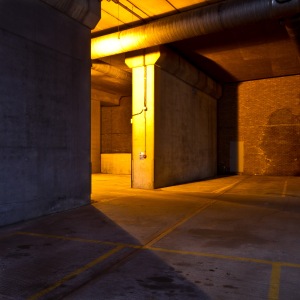

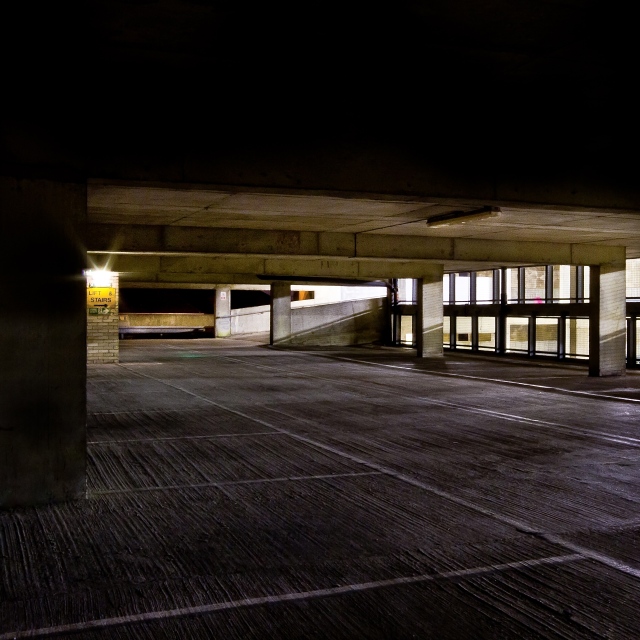
‘Unlike fright, which is characterised by the surprise of a sudden presence of danger, and dread, which is always directed towards a specific object, the nature of fear is ‘to be non-specific and to have no object.’ … By being ‘non-specific’, fear instead accounts for both expectation and the emergent sense of anxiety.’ – Caterina Albano: ‘Fear and Art in the Contemporary World.’
‘Fear represents a certain kind of inner state amounting to expectation of, and preparation for, danger of some kind, even though the nature of the danger may well be unknown.’ – Freud (1920): ‘Beyond the Pleasure Principle.’
‘Brutalist architecture is a style of architecture which flourished from the 1950s to the mid-1970s, spawned from the modernist architectural movement. Examples are typically very linear, fortresslike and blockish, often with a predominance of concrete construction. Initially the style came about for government buildings, low-rent housing and shopping centers to create functional structures at a low cost, but eventually designers adopted the look for other uses such as college buildings. Critics of the style find it unappealing due to its “cold” appearance, projecting an atmosphere of totalitarianism, as well as the association of the buildings with urban decay due to materials weathering poorly in certain climates and the surfaces being prone to vandalism by graffiti.’ – Wikipedia
‘Warming to my theme, I spoke of the horrors of Le Corbusier’s favorite material, reinforced concrete, which does not age gracefully but instead crumbles, stains, and decays. A single one of his buildings, or one inspired by him, could ruin the harmony of an entire townscape, I insisted. A Corbusian building is incompatible with anything except itself.’ – Theodore Dalrymple: ‘The Architect as Totlitarian’
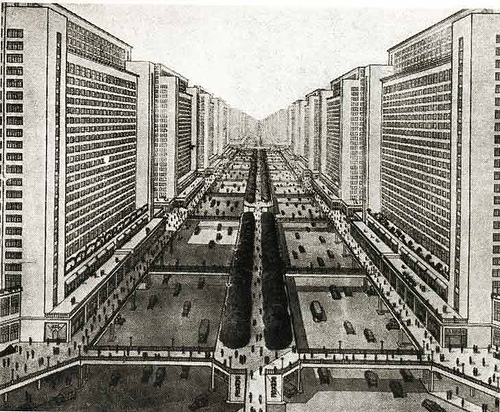 Le Corbusier’s design for ‘The RadiantCity’
Le Corbusier’s design for ‘The RadiantCity’




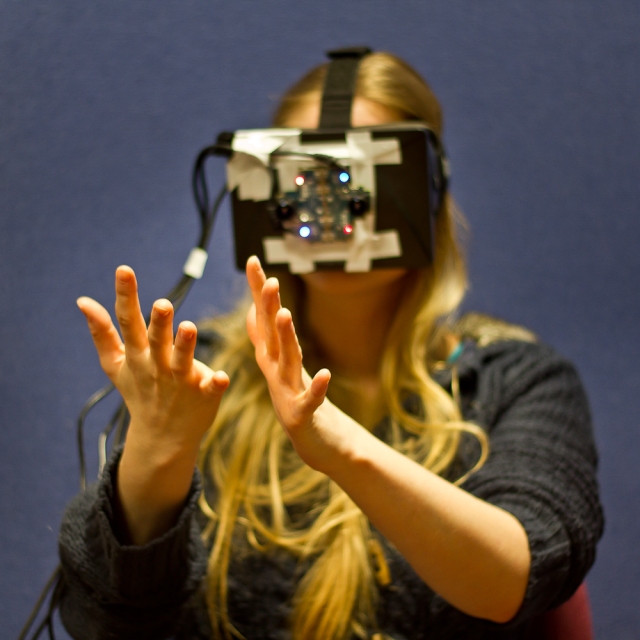



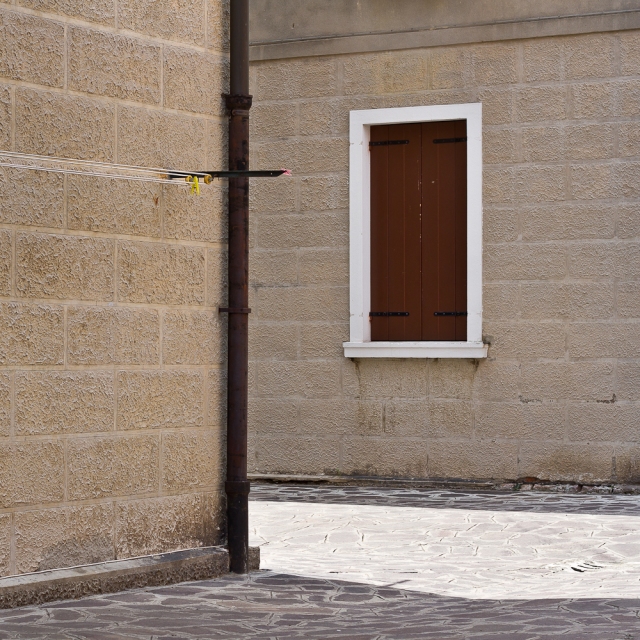







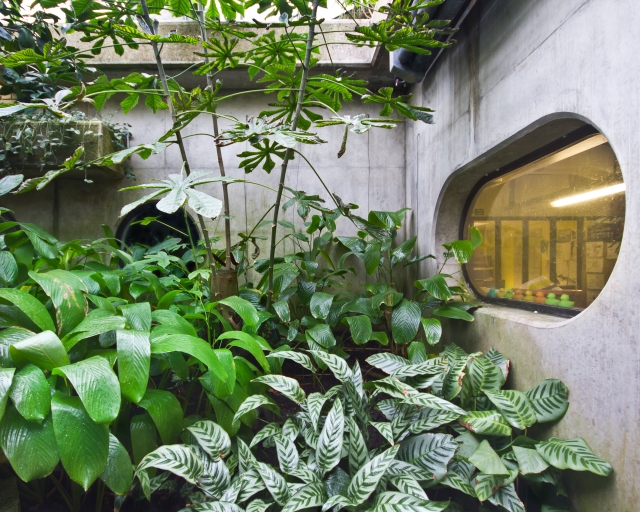




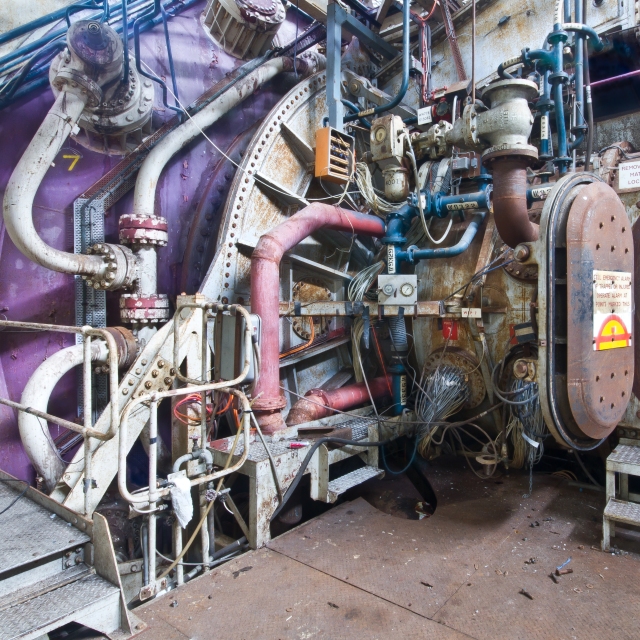
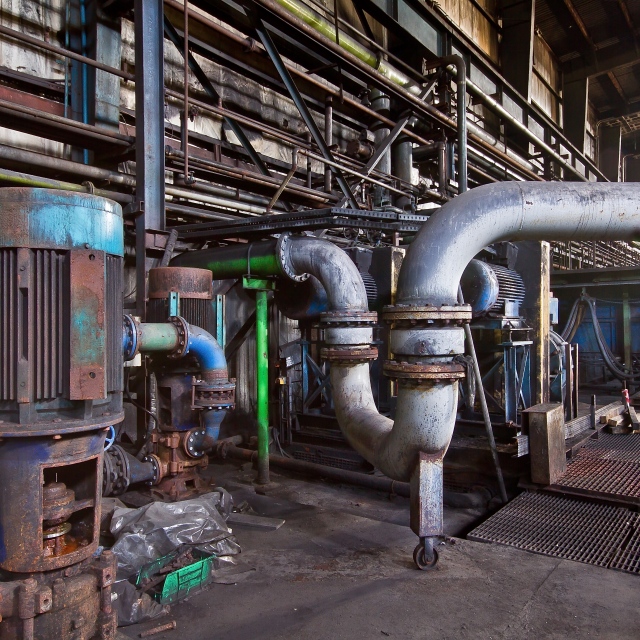




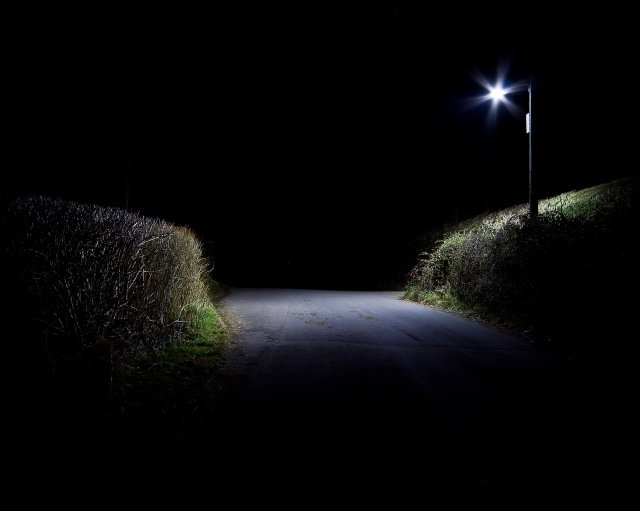
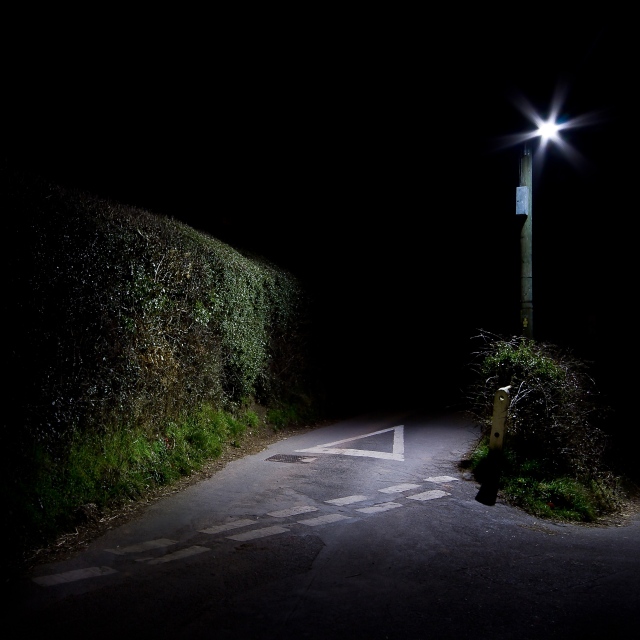
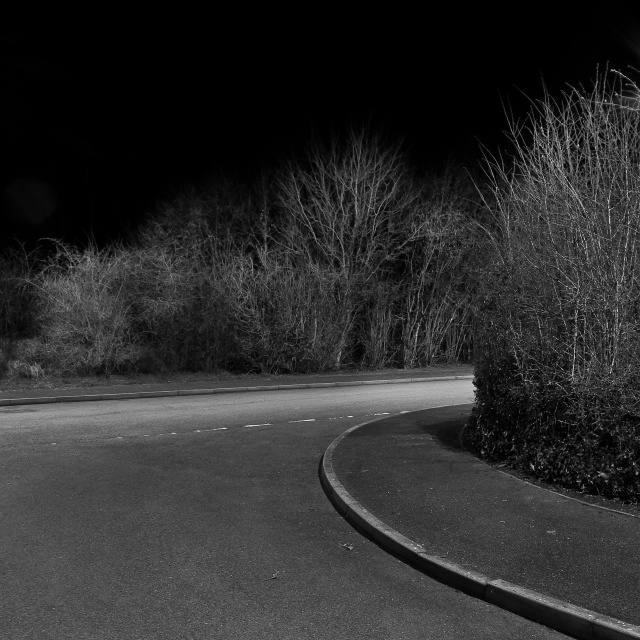







 Le Corbusier’s design for ‘The RadiantCity’
Le Corbusier’s design for ‘The RadiantCity’


